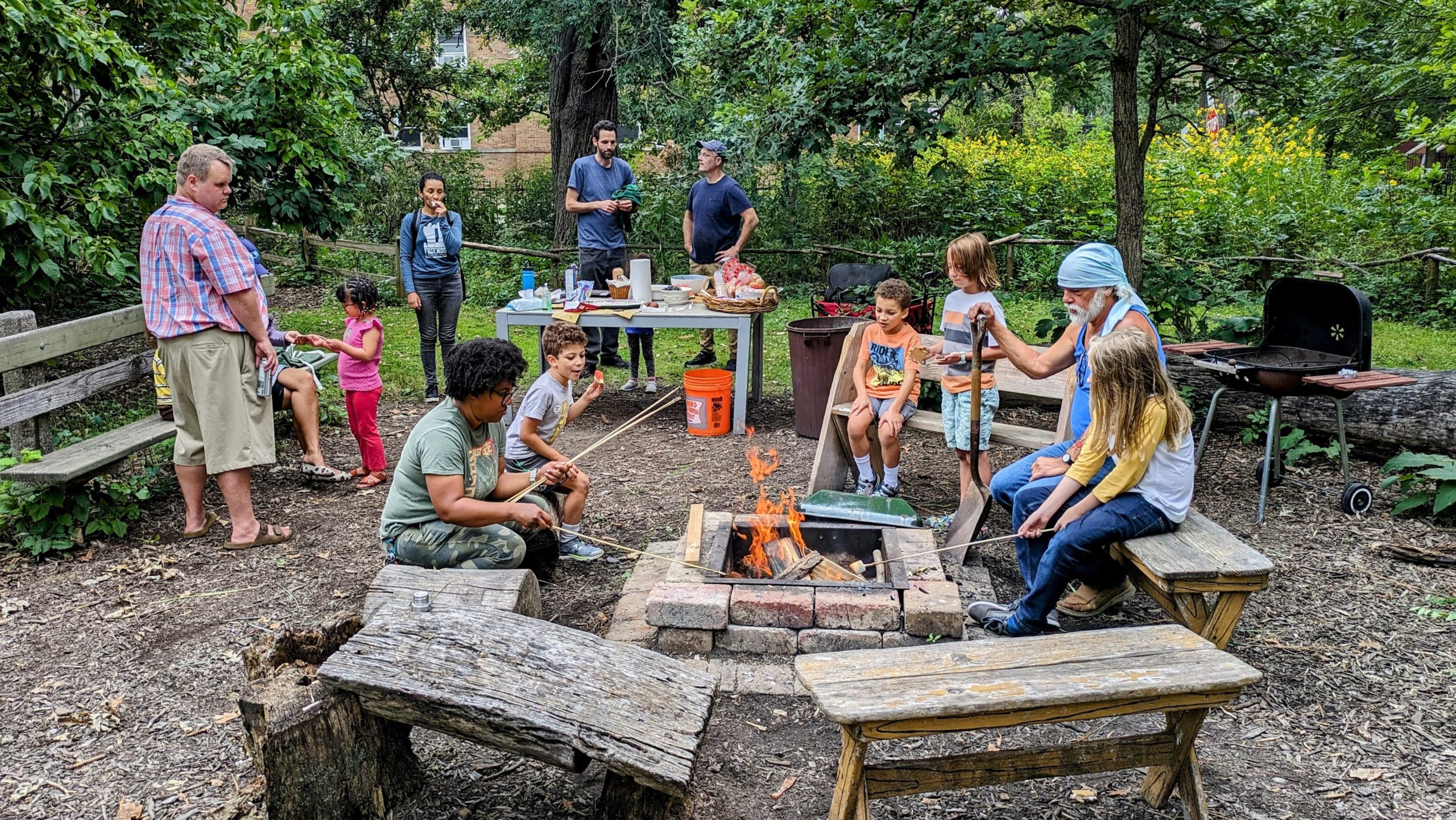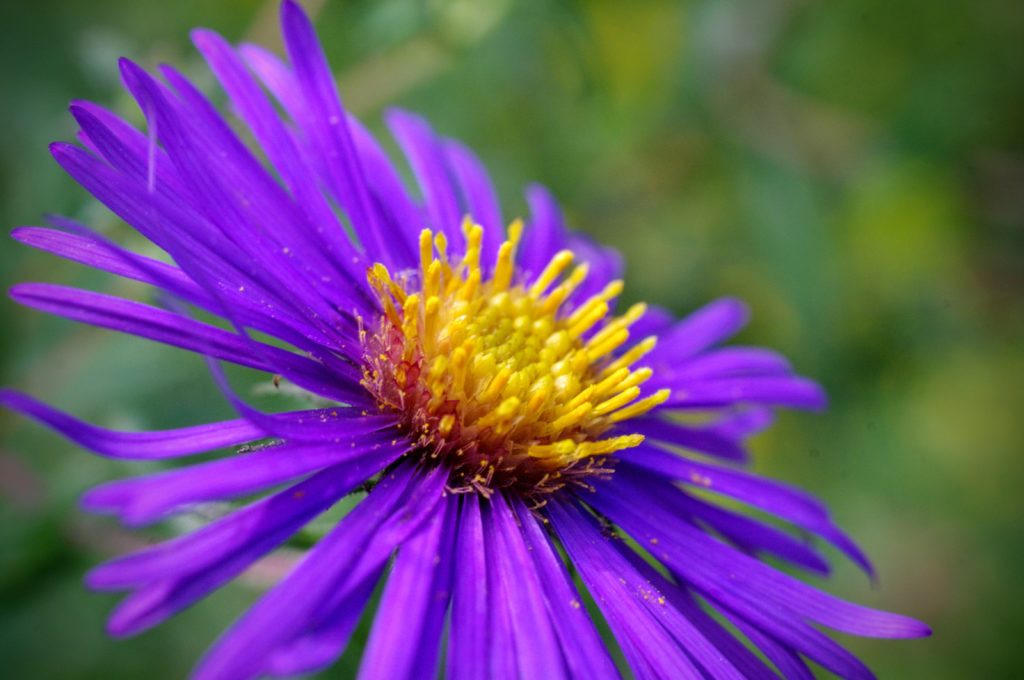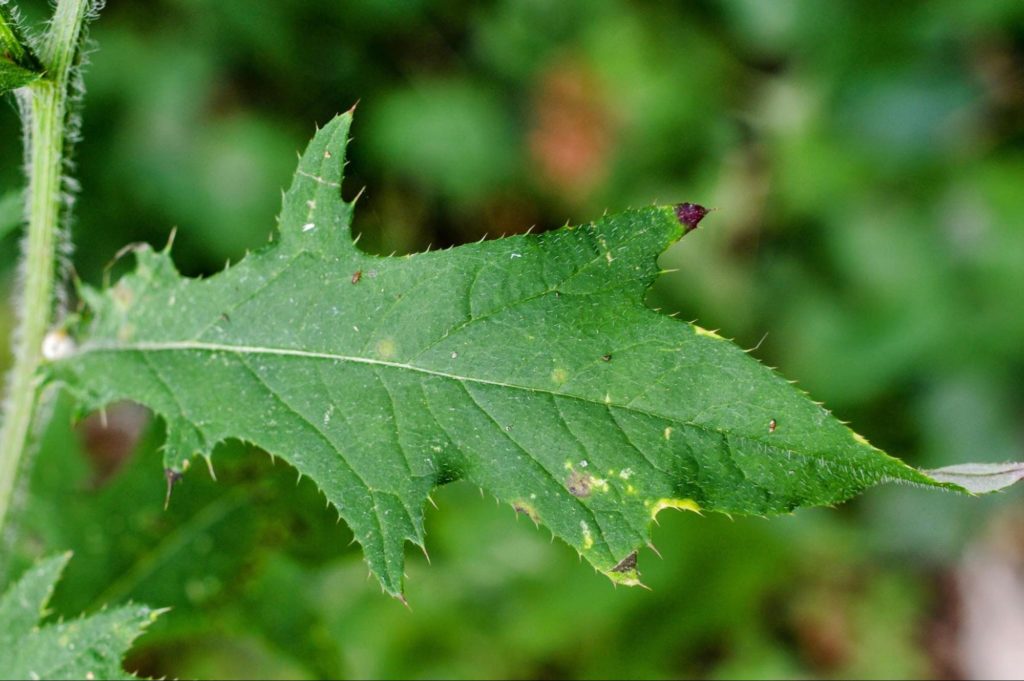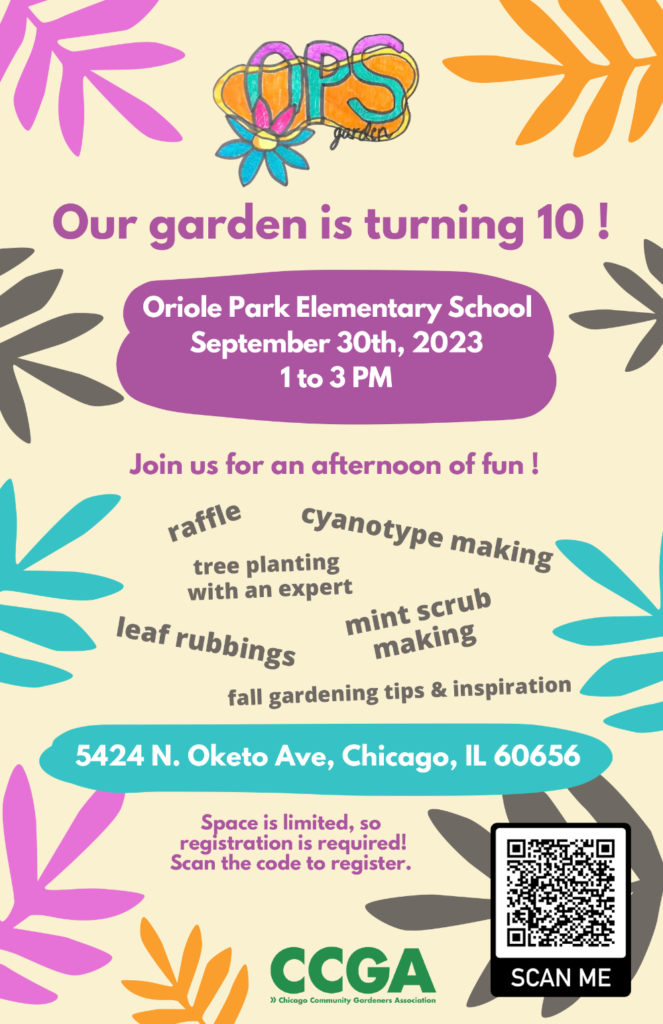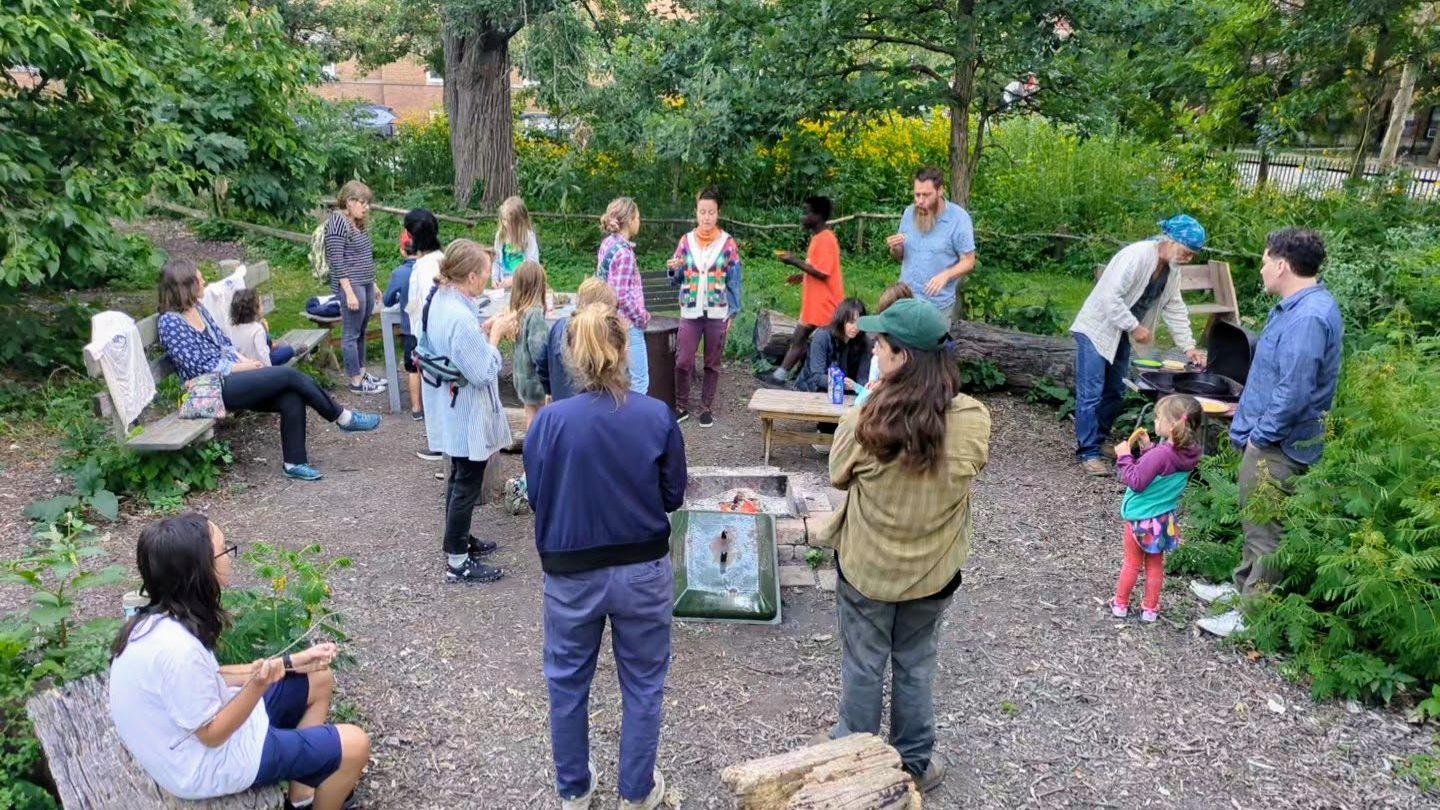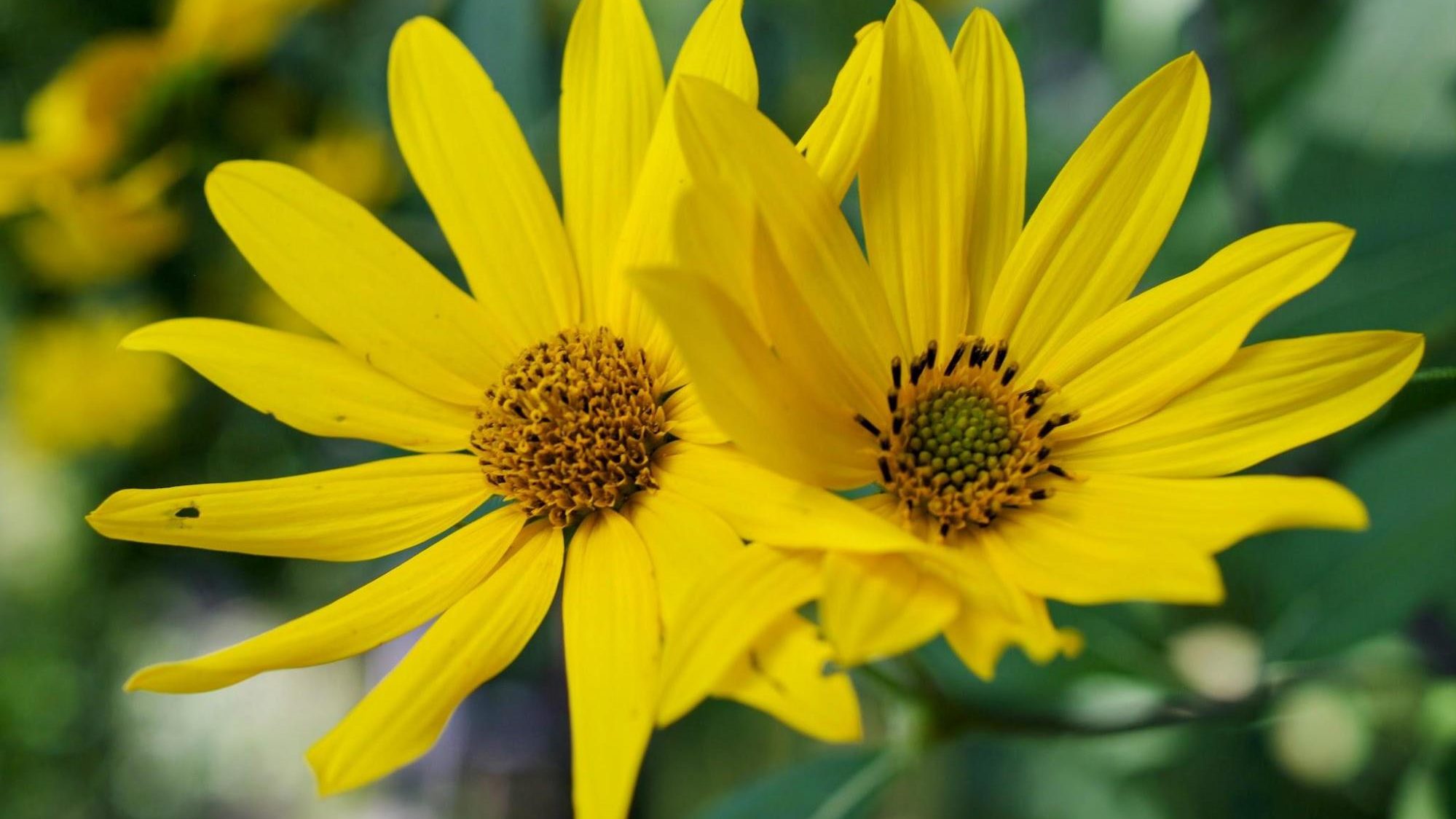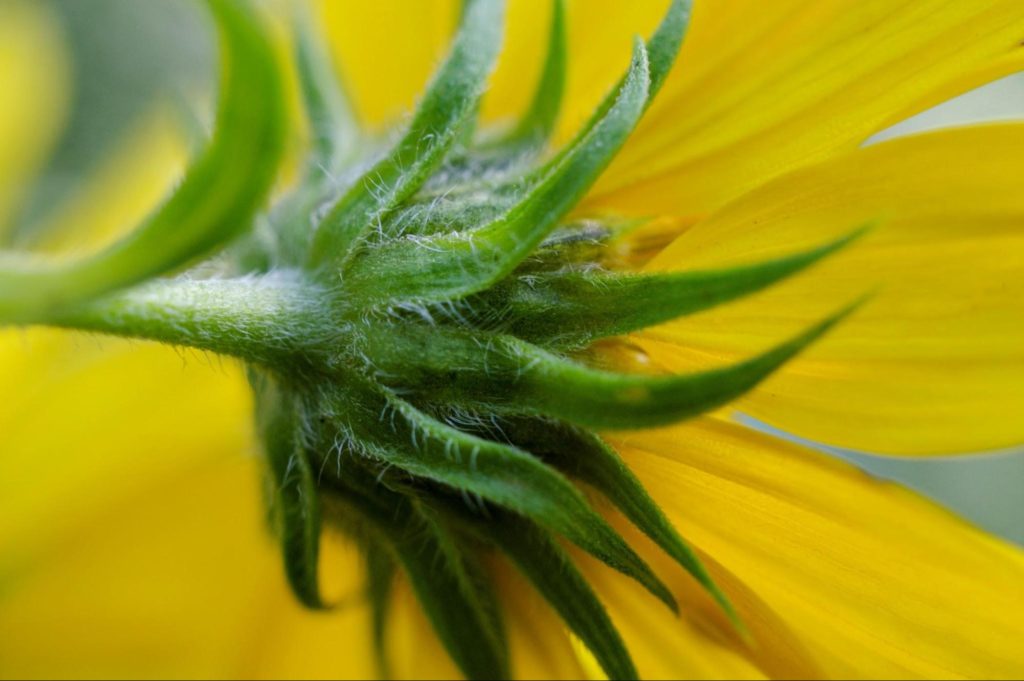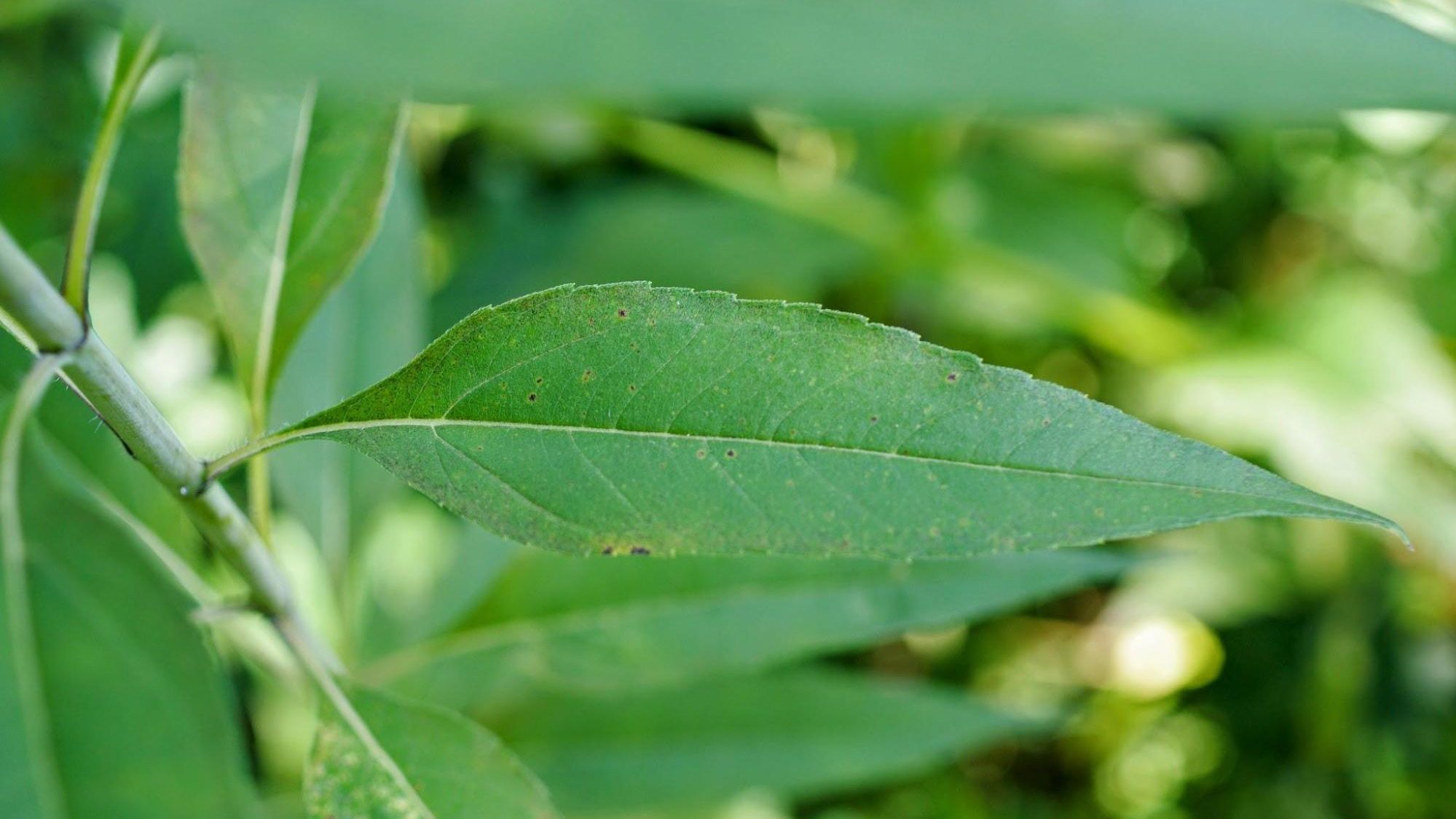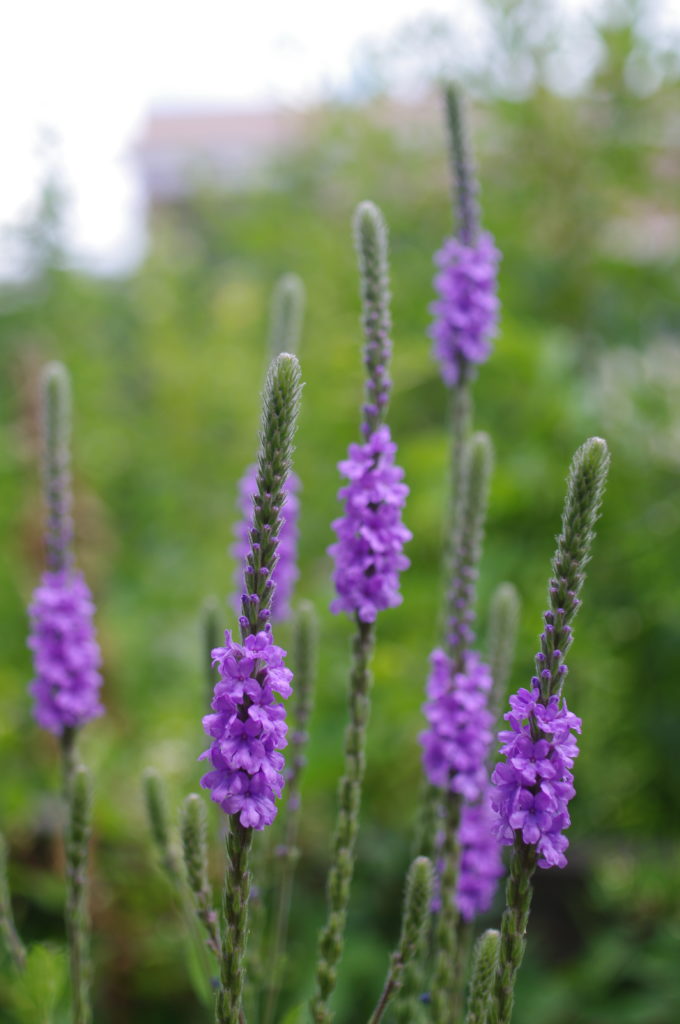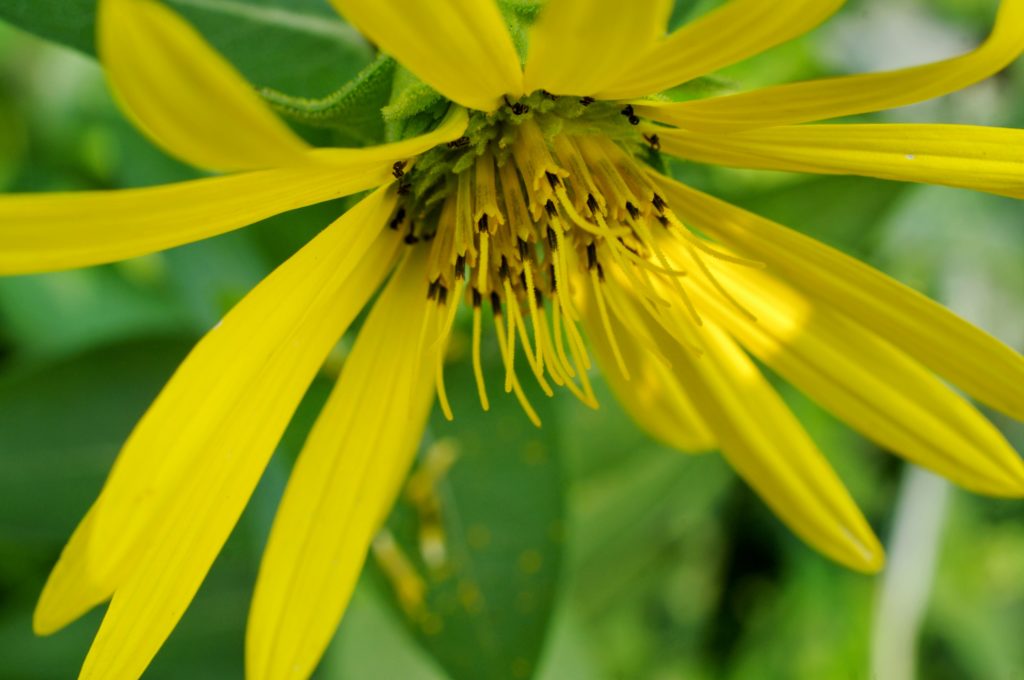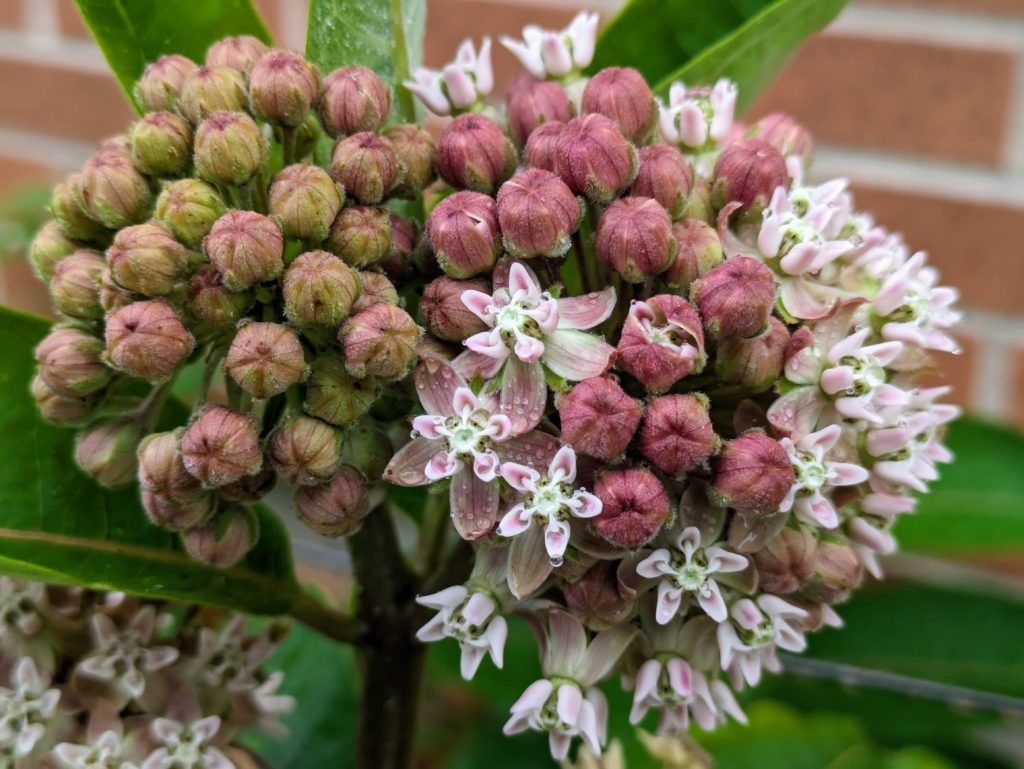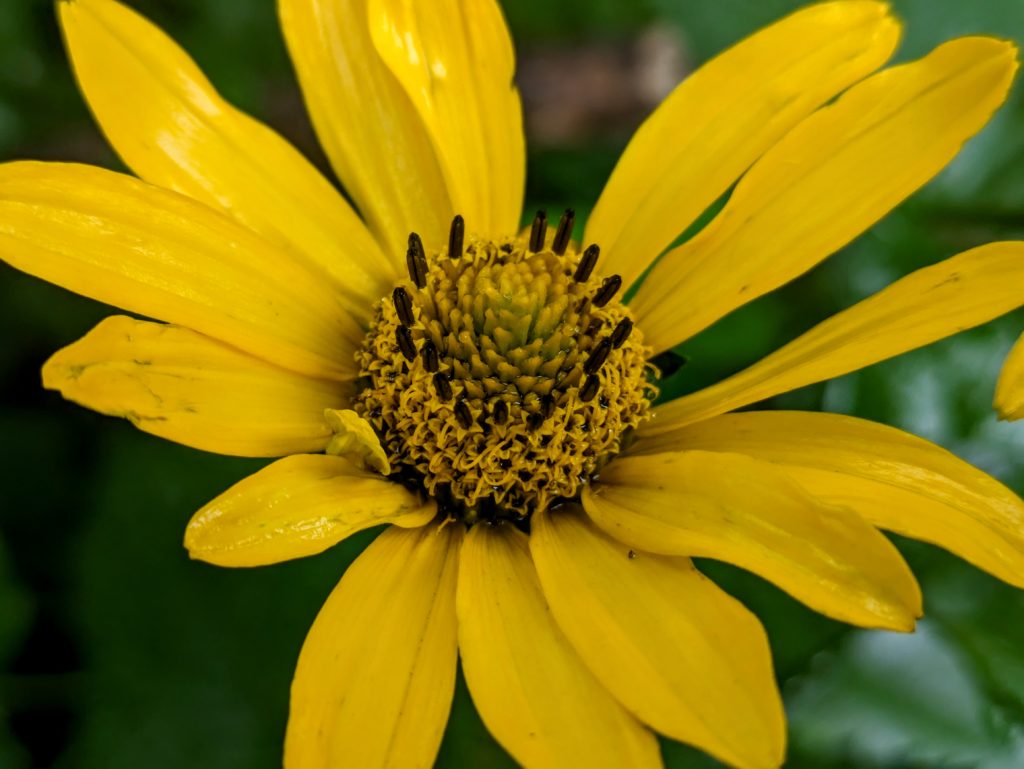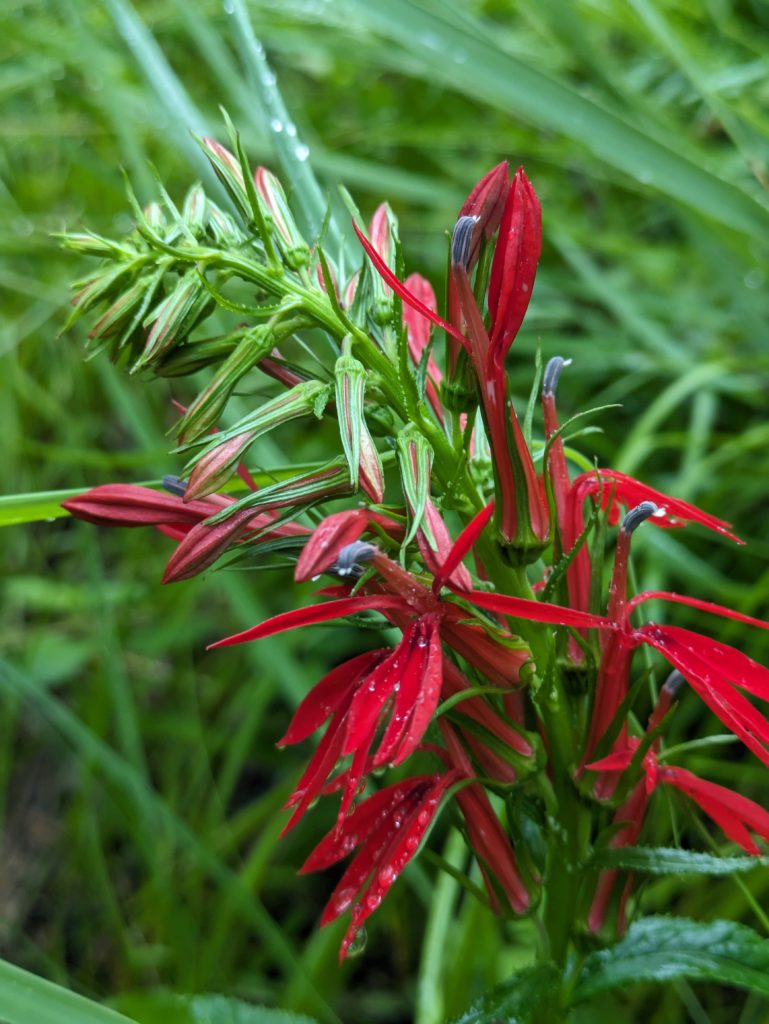Join us on Wednesday, 5:00pm until dusk, for garden stewardship! Read on for more garden news.
Focus on… Bur Oak


350 years ago, in September of 1673, a group of people from the Kaskaskia tribe led Louis Jolliet, Father Jacques Marquette, and their expedition to a place where they could carry their boats a short distance across the watershed from the Mississippi River system to the Chicago River and on to Lake Michigan. Around that time, a pivotal event in Chicago history occurred when a squirrel living beside the north branch of the Chicago River buried acorns it had collected for the winter. Four of those acorns did not get eaten but germinated, growing into four bur oak trees; part of the oak savannah that once spanned much of this area. They were already large trees a hundred years later when Jean Baptiste Point du Sable and his family established a farm at the mouth of the Chicago River, planting the seed of the settlement that came to be called Chicago. The trees stood undisturbed for another hundred or so years, but then the river was moved and the area cleared for housing. Somehow the trees survived and eventually the land on which they stood was absorbed into the grounds of a school. Years later, children at that school, inspired by these same four trees, removed the asphalt that surrounded them and sowed native plants, starting the garden that we know and love.
Today there are many bur oaks (Quercus macrocarpa) in the garden; the four elder oaks and their descendents. They can be recognized by their distinctive round lobed leaves, with a deep cut in the middle that almost divides each leaf into two parts, and their large acorns where the cup wraps most of the way around the nut, looking somewhat like a big woolly hat. These are the largest acorns of any North American oak, giving rise to the scientific name macrocarpa, which means ‘large fruit’.


This year the oaks in Chicago are having a mast year; a year in which they produce many more acorns than they would in a normal year. There are two great mysteries to such events. First, why they happen. This may be down to weather and availability of resources, but it is also thought that by occasionally producing acorns in excess, it is possible to satiate the squirrels, ensuring that some acorns survive to germinate without spurring an increase in the size of the squirrel population. The second mystery is how all the trees in one area synchronize mast years; again local weather may be the determining factor, but there is still a lot to be discovered.
When I see children at the school playing under the old oaks, I sometimes try to imagine the Miami or Potawotami children who may have played under these same trees and fished in the river that ran by. I’d like to think that some of the younger bur oaks in the garden now might still be here in another 350 years. Perhaps people of that future time will look at those trees and imagine our children playing under them. Next time you are close to one of the large bur oaks, try closing your eyes and listening for the echoes of their past. These four grand old trees are our living connection to the history of our city.
The “Focus On” series is written by Jeremy Atherton, the parent of a Waters 5th grader. He is a research scientist at Northwestern University Medical School. In addition to volunteering at Waters Garden, he is a steward at Riverbank Neighbors and a member of the 47th Ward Green Council.
Event: How Does Your Garden Grow?

Saturday, October 7th, 10am to 11:30am
All Saints at 4550 N. Hermitage
This Ravenswood Neighbors Association (RNA) event sponsored by Chicago Community Gardeners Association (CCGA) will teach area gardeners eco-friendly fall & winter garden care, including the benefits of fall leaf mulch application and zero-trim of dead flower stems. Gardeners will also learn how they can contribute bagged leaves to RNA’s Mulch Madness (Nov. 4th) and later collect leaf mulch at a community compost site.
Special Guest Lorena Lopez from Museums in the Park-Chicago Park District will instruct gardeners on effective communication with neighbors about the ecological and community benefits native gardens provide.
